Experiments on the division of labour in honeybee hives have revealed why some bees do the waggle dance while others nurse their queens.
The roles require drastically different behaviours, with nurses feeding the larvae and performing royal grooming duties, and foragers navigating great distances and performing complex dance routines to point others in the direction of rich sources of nectar.
According to a report in the journal Nature Neuroscience, the job a worker bee does corresponds to distinct patterns of chemicals that latch on to and regulate certain genes in their brains.
Honeybees are born into their place in society. Those fed royal jelly as larvae emerge as queens and do little but lay eggs. The rest become worker bees and divvy up the jobs that need doing around the hive. While some worker bees remain at home, others take flight in search of nectar, pollen and other hive essentials. The entire honeybee workforce are genetically identical sisters.
But analysis of the worker bees' DNA revealed that foragers had one pattern of chemical tags on their genes, while those that stayed home had another. When bees swapped one job for the other, their genetic tags changed accordingly. Scientists call these patterns epigenetic states, because they work on top of the normal genetic code.
The study is thought to be the first to show that reversible chemical markers on genes might drive different behaviours in a living creature.
"If this is true in a bee it has to be partly true in us. Nature is pretty good at finding the simplest way to accomplish things with the least amount of energy," said Dr Andrew Feinberg, a senior author on the study and geneticist at Johns Hopkins University in Baltimore. "I'm not saying we're like big bees, but similar mechanisms must apply."
Feinberg and Dr Gro Amdam, a bee specialist at Arizona State University, studied a kind of chemical tagging called DNA methylation on honeybee genes switched on in the millimetre-cubed brains of 21 nurses and 22 foragers.
They found 155 regions of DNA where the epigenetic patterns between the two varieties of honeybee differed. Most of these regions are known to regulate the epigenetic patterns of other genes, to switch them on or off, or alter their function in other ways.
Having established differences between the foragers and nurses, the scientists forced a shift in the hive's workforce by removing the nurse bees while the foragers were away. After a few weeks, the hive had stabilised again, with around half of the old foragers now working as nurse bees.
DNA tests on these insects revealed that the chemical tags changed in bees that reverted from foragers to nurse roles. In all, the scientists found 107 gene regions where the chemical tags differed between the two. This suggests the different roles are intimately linked to the chemicals tagged on to the bees' genes.
"What we understand now is that the bee genome is like those images where you can see two things, like an old lady and a young lady. These epigenetic marks seem to outline those two women. Depending on which bee should come to life, the different sets of marks become active," Dr Amdam told the Guardian.
"These marks can change from one image to another and even back, and something like that has never been observed before in biology," she said.
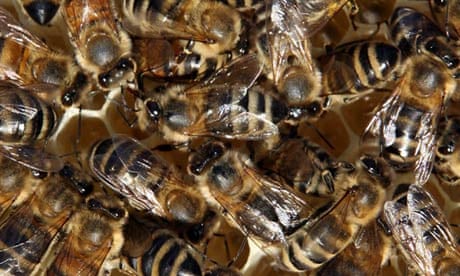
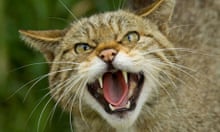
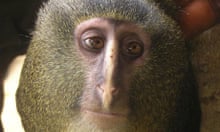
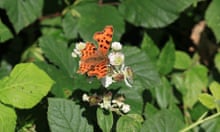


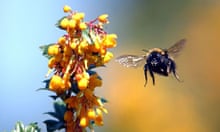
Comments (…)
Sign in or create your Guardian account to join the discussion